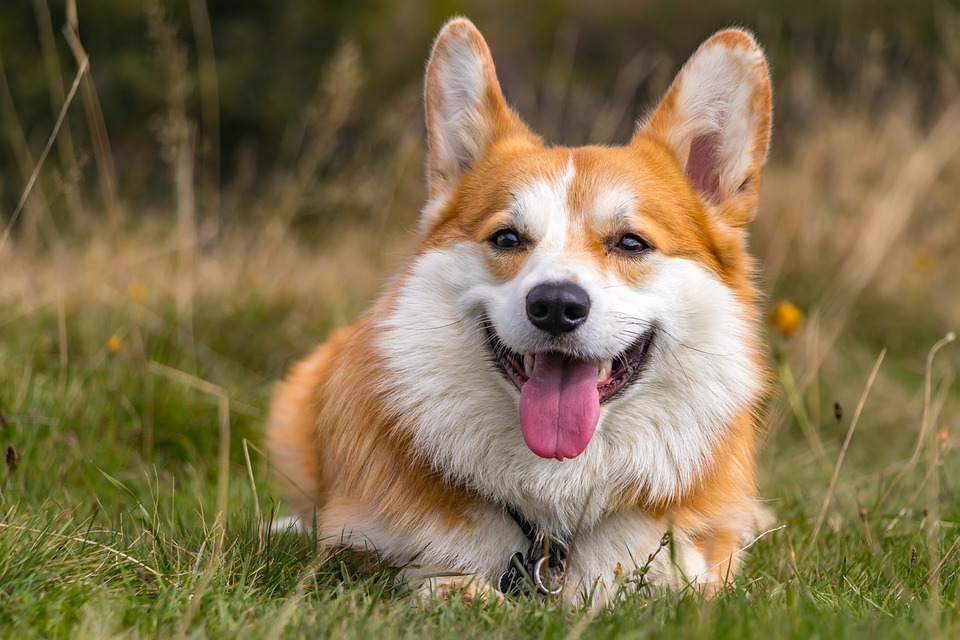Effective Training Techniques for Senior Dogs: Tips and Tricks
As our furry companions age, it becomes essential to adjust our training techniques to cater to their changing needs. Training senior dogs can be a rewarding experience that enhances their mental stimulation and keeps them physically active. In this article, we will explore effective training techniques for senior dogs and provide valuable tips and tricks to ensure a successful training journey. So, grab a treat and let’s get started!
Understanding the Needs of Senior Dogs
Before we delve into the training techniques, it’s crucial to understand the unique needs of senior dogs. Aging can bring about various physical and cognitive changes that may affect their ability to learn and respond to training. Here are a few factors to consider:
1. Physical Limitations: Senior dogs may experience joint stiffness, reduced mobility, or health conditions such as arthritis. Adjust training exercises to be gentle on their bodies and choose low-impact activities.
2. Decreased Sensory Abilities: Older dogs may have diminished hearing or vision, which can affect their responsiveness to verbal cues. Incorporate hand signals and visual aids to facilitate communication.
3. Altered Cognitive Function: Cognitive decline is common in senior dogs. Be patient and understanding, as it may take them longer to process and retain new information. Break training sessions into shorter, more frequent intervals to prevent mental fatigue.
Tailoring Training Techniques for Senior Dogs
1. Positive Reinforcement: Senior dogs respond best to positive reinforcement training methods. Rewarding desired behaviors with treats, praise, or gentle physical affection reinforces their understanding of what is expected from them.
2. Consistency and Patience: Consistency is key when training senior dogs. Use clear and concise commands, and repeat them consistently to reinforce learning. Be patient and avoid rushing your dog, allowing them enough time to understand and respond.
3. Adapted Exercises: Modify training exercises to accommodate your senior dog’s physical limitations. For example, replace high-impact activities like jumping with gentle exercises such as sit-to-stand or controlled walking.
4. Brain Games and Puzzles: Mental stimulation is crucial for senior dogs. Incorporate brain games and puzzles into their training routine to keep their minds sharp and engaged. These activities also provide an excellent outlet for their natural problem-solving instincts.
5. Socialization: Continue socializing your senior dog to ensure they remain comfortable and well-behaved around other dogs and people. Controlled interactions with other friendly and calm dogs can help them maintain their social skills.
FAQs about Training Senior Dogs
Q: Can senior dogs learn new tricks?
A: Absolutely! Senior dogs are capable of learning new tricks and commands. The key is to adapt the training methods to their abilities and provide consistent positive reinforcement.
Q: How long should training sessions be for senior dogs?
A: Training sessions for senior dogs should be shorter and more frequent compared to sessions for younger dogs. Aim for several short sessions throughout the day, each lasting around 5 to 10 minutes.
Q: What if my senior dog is showing signs of cognitive decline during training?
A: If your senior dog is struggling with cognitive decline, adjust your training approach to be even more patient and understanding. Break training exercises into smaller steps and provide extra reinforcement and rewards for their efforts.
Q: Are there any specific exercises to help improve cognitive function in senior dogs?
A: Yes, there are various exercises you can incorporate to enhance your senior dog’s cognitive function. Interactive toys, treat-dispensing puzzles, and scent games are all excellent options to stimulate their minds and promote problem-solving skills.
Q: Is it too late to start training my senior dog?
A: It’s never too late to start training your senior dog! Training provides mental stimulation, strengthens the bond between you and your dog, and can help manage common behavioral issues. Start with basic commands and gradually progress from there.
Remember, training senior dogs requires adaptability, patience, and understanding. With these effective training techniques and a positive mindset, you can provide your beloved senior companion with a fulfilling and engaging training experience. Enjoy the journey together and celebrate the progress your senior dog makes along the way!









